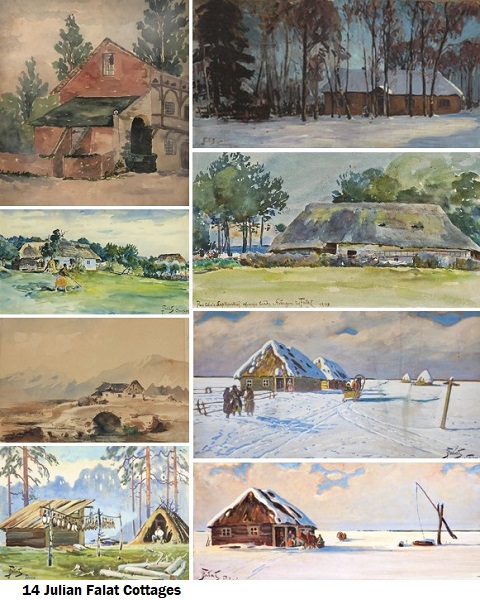Post -292
SUNDAY Feature on ART of Architecture -by Gautam Shah
.
James Abbott McNeill Whistler (1834-1903) was Britain based, American Painter. He worked in oil, watercolour, pastels and extensively practised printmaking. Whistler produced hundreds of etchings, lithographs, and dry-points. Lithographs, were drawn on stone and also on lithographic paper.
Whistler was famous for nocturne or night scenes, painted with a near monochrome colour palette. He followed two principles through his career, 1 Line is more important than colour and 2 Black is the fundamental colour for the tonal harmony. (This philosophy was controverted by the Impressionists, twenty years later, who rejected black and brown and preferred dominance of colours over the form). He sketched and painted back alleys, canals, entrance ways, and many other rarely perceived points of views. In simple black-white presentations without the use of colour he had the craft of feeling in live atmosphere.
Whistler formed a distinctive style of his own, from diverse sources, and arrived at a version of that avoided sentimentality and symbolism. For him Art was for art’s own sake. He was deeply attached to music, and described his art work in musical vocabulary arrangements, harmonies and tonal harmony.
Whistler was a leader in the Aesthetic Movement, promoting, writing, and lecturing on it. He professed for simpler compositions but his sketches show his way of capturing the scene directly in a well-composed manner.
.







%20various%20near%20Monocromatic%20effects.jpg)
%20Grand%20Canal%20Amsterdam.jpg)
%20various%20near%20Monocromatic%20effects.jpg)



























%201911.jpg)












%20Krakow%201796.jpg)


















